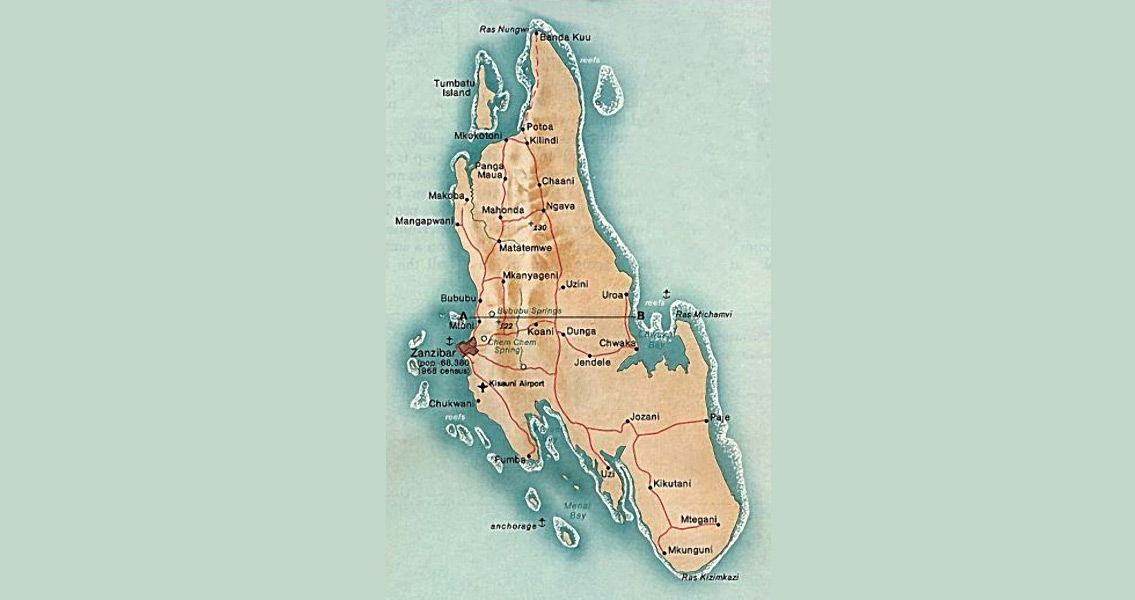<![CDATA[Archaeologists and environmental scientists have taken a unique and successful approach in researching the history and formation of Zanzibar; correlating the historical changes in sea level with archaeological data pertaining to the extinction of the island's fauna. The interdisciplinary approach involved the investigation of mangrove sediments to chart changes in sea level while simultaneously analyzing animal remains excavated in Kuumbi Cave. The approach has provided not only a new, but a more accurate account of Zanzibar’s formation and defaunation (removal of animals). The research focused on evidence from three archaeologically distinct time periods; 1) the end of the last Ice Age, 2) the time of Zanzibar’s formation, approximately 11,000 years ago and, 3) the time span Zanzibar has existed as an island. By analyzing more than 6,000 different bone specimens, researchers discovered the large animals like buffalo, gazelle, and zebra were present when the island was first formed. After sea levels rose however, and the island became inhabited by coastal cultures, they disappeared along with some smaller animals; hares and porcupines for example. The Zanzibar Archipelago is made up of numerous small islands and two large ones and is part of Tanzania in East Africa. Located in the Indian Ocean, 25 to 50 km (16 to 31 mi) off the mainland coast, Unguja is the main island and is informally referred to as Zanzibar (Pemba is the other large island). The Archipelago is part of the ancient Miocene Rufiji/Ruvu delta. The islands are made up of rocks which date back to the Miocene. Unguja Island (Zanzibar) is only sparsely covered with mangrove forests (much smaller compared to those of Pemba) and was connected to the Tanzanian mainland as late as the beginning of the Pleistocene age. The topography of the island is generally flat with a central ridge running from north to south, the highest point of which is Masingini, around 120 meters above sea level. Zanzibar has been inhabited since the Paleolithic era. Excavations at Kuumbi Cave in 2005 unearthed stone tools – evidence of human occupation - dating back to at least 22,000 years ago. The abundance of coral limestone has led some experts to conclude the island might have been largely covered by the sea at some point. However, geological evidence suggests the island stayed above sea level. In a statement released by York University, Dr. Robert Marchant, from the University's Environment Department, said: "An understanding of the long-term history of faunal change allows us to identify patterns in the interplay of natural and anthropogenic factors that have shaped Zanzibar's ecosystems today." Dr. Paramita Punwong, a Lecturer in the Faculty of Environment and Resource Studies at Mahidol University, Thailand, said: "These findings are an important contribution to understanding the long-term consequences of defaunation on a land-bridge island for human and animal communities. Such a broad perspective on island formation is immensely helpful for the conservation of island biodiversity today." ]]>
Zanzibar’s Extinct Animals and the Island's Formation
